The heart and circulatory system are the foundation of overall health, ensuring that oxygen, nutrients, and essential compounds are efficiently delivered throughout the body. A strong cardiovascular system supports endurance, energy levels, and overall vitality, while healthy circulation promotes optimal blood flow, muscle function, and cognitive performance. Factors such as balanced nutrition, regular exercise, and stress management play a key role in maintaining heart health. Essential nutrients like omega-3 fatty acids, CoQ10, magnesium, and antioxidants help regulate blood pressure, support arterial function, and protect against oxidative stress. Prioritizing heart and circulatory health is an investment in long-term wellness, stamina, and overall longevity.
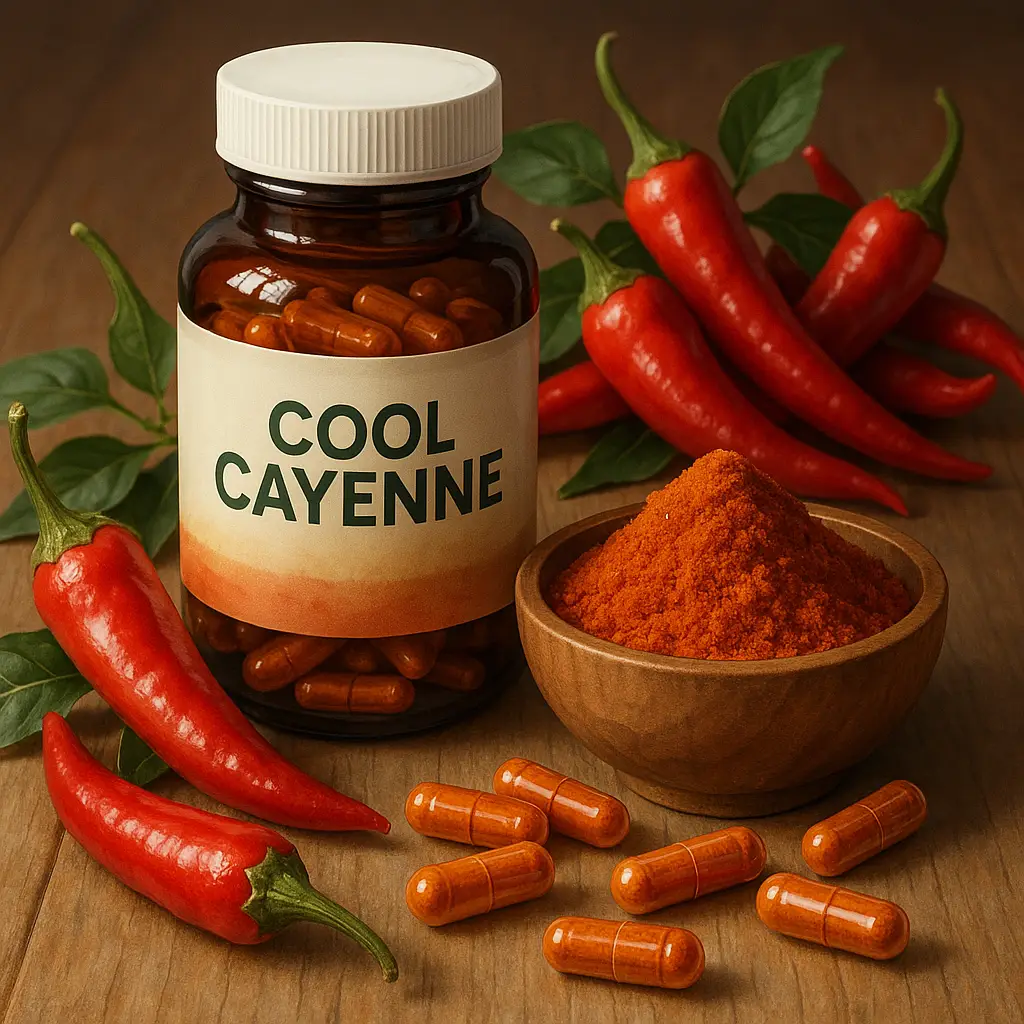
What is Cool Cayenne? Cool Cayenne is derived from the Capsicum annuum species, primarily recognized for its vibrant red color and spicy flavor. It contains c…
Read more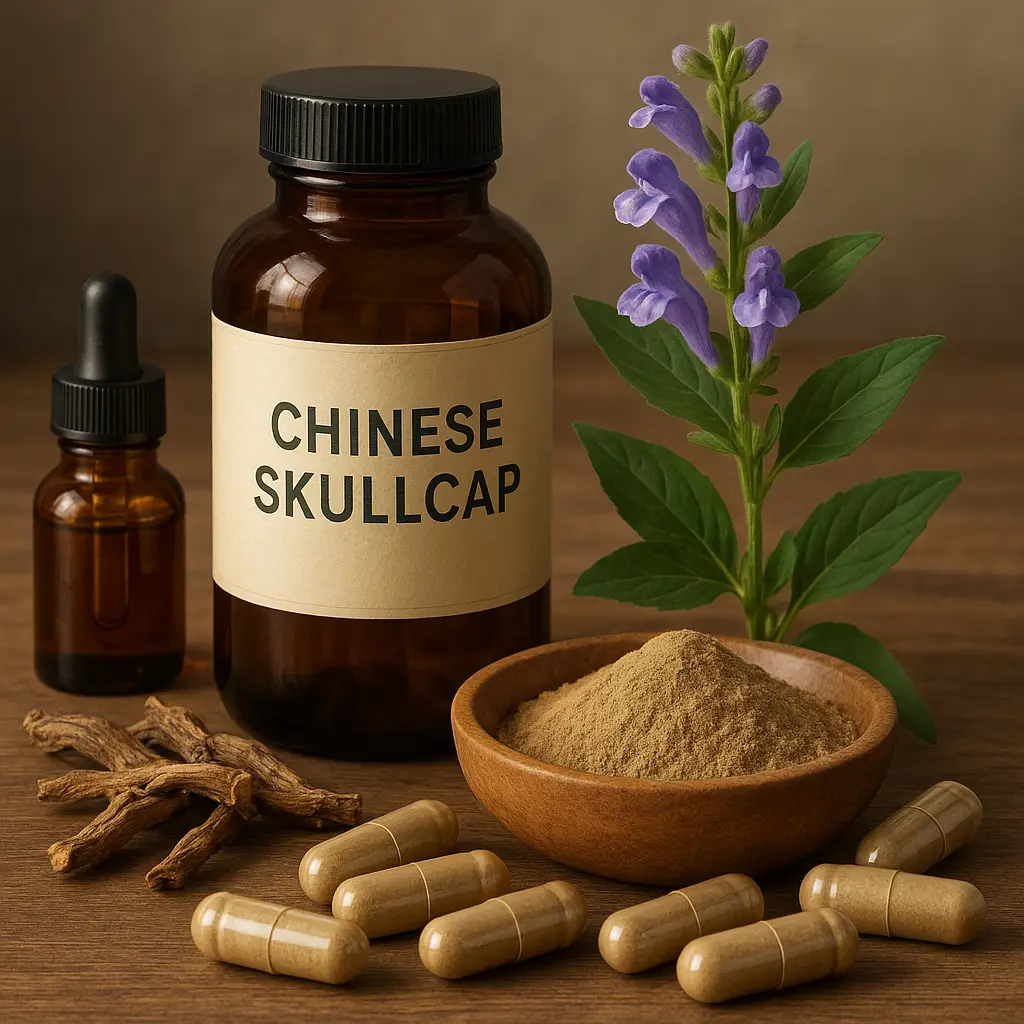
What is Chinese Skullcap? Chinese Skullcap, scientifically known as Scutellaria baicalensis, is a herb native to China and parts of East Asia. It belongs to t…
Read more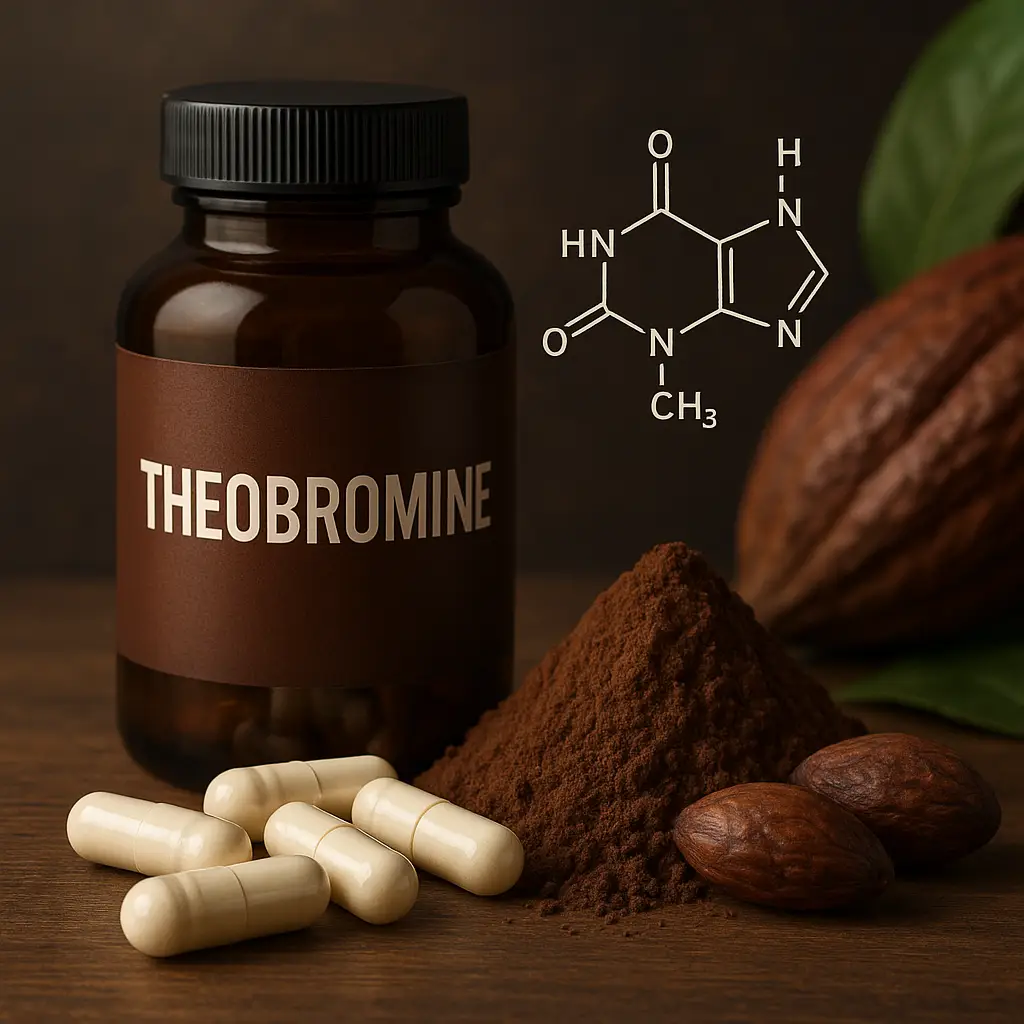
Theobromine: A Comprehensive Overview Theobromine is a naturally occurring compound found primarily in cocoa and chocolate products. It belongs to a class o…
Read more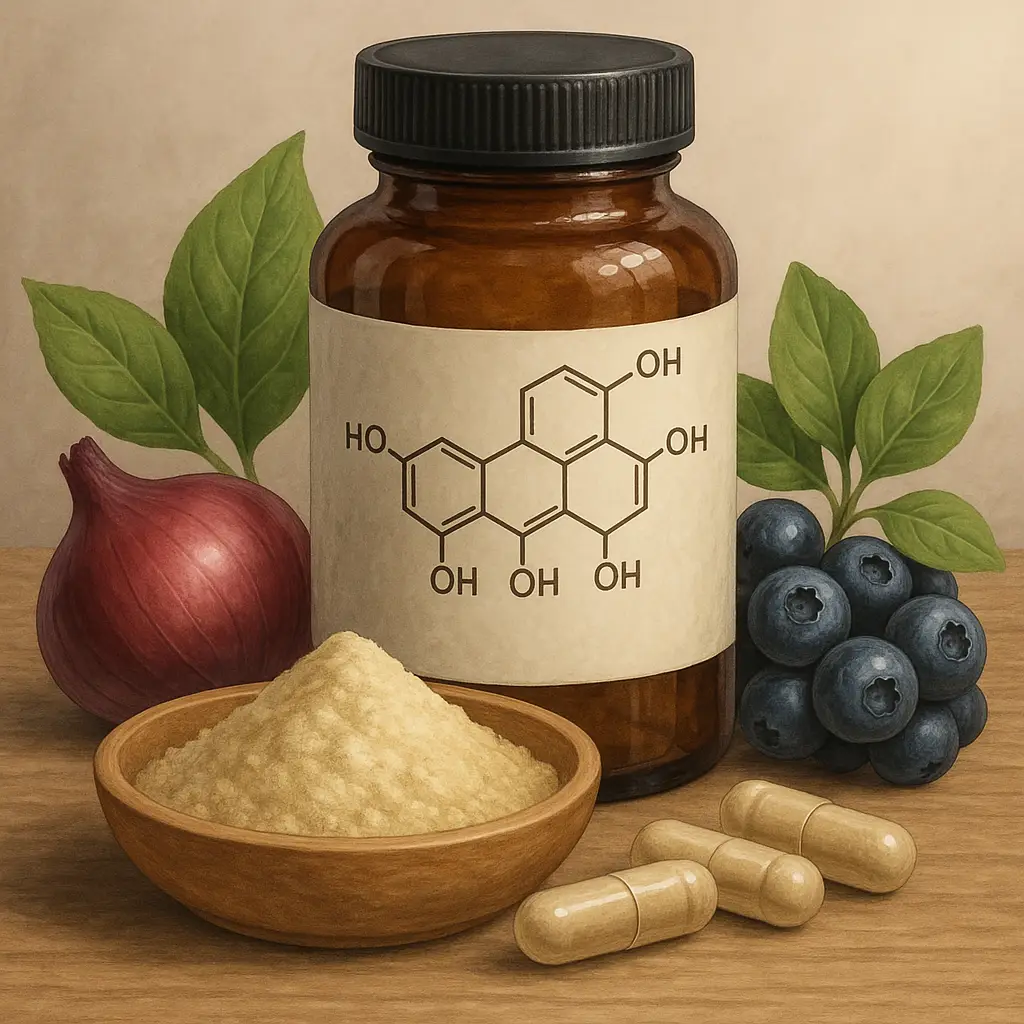
Understanding Quercetin: A Comprehensive Guide Quercetin is a flavonoid, a type of polyphenol that is found abundantly in various fruits, vegetables, and gr…
Read more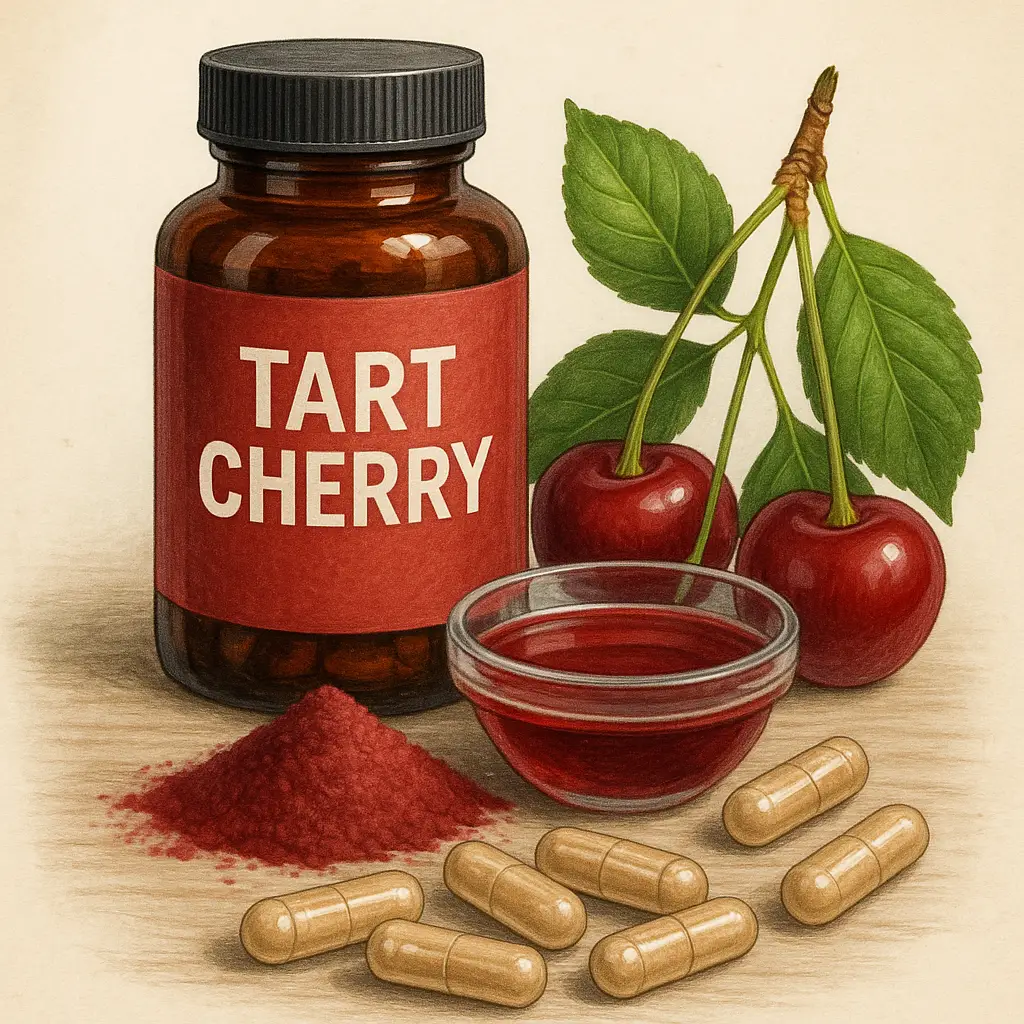
What is Tart Cherry? Tart cherry (Prunus cerasus) is a small, red fruit known for its tangy flavor and vibrant color. Originating from Europe and parts of Asi…
Read more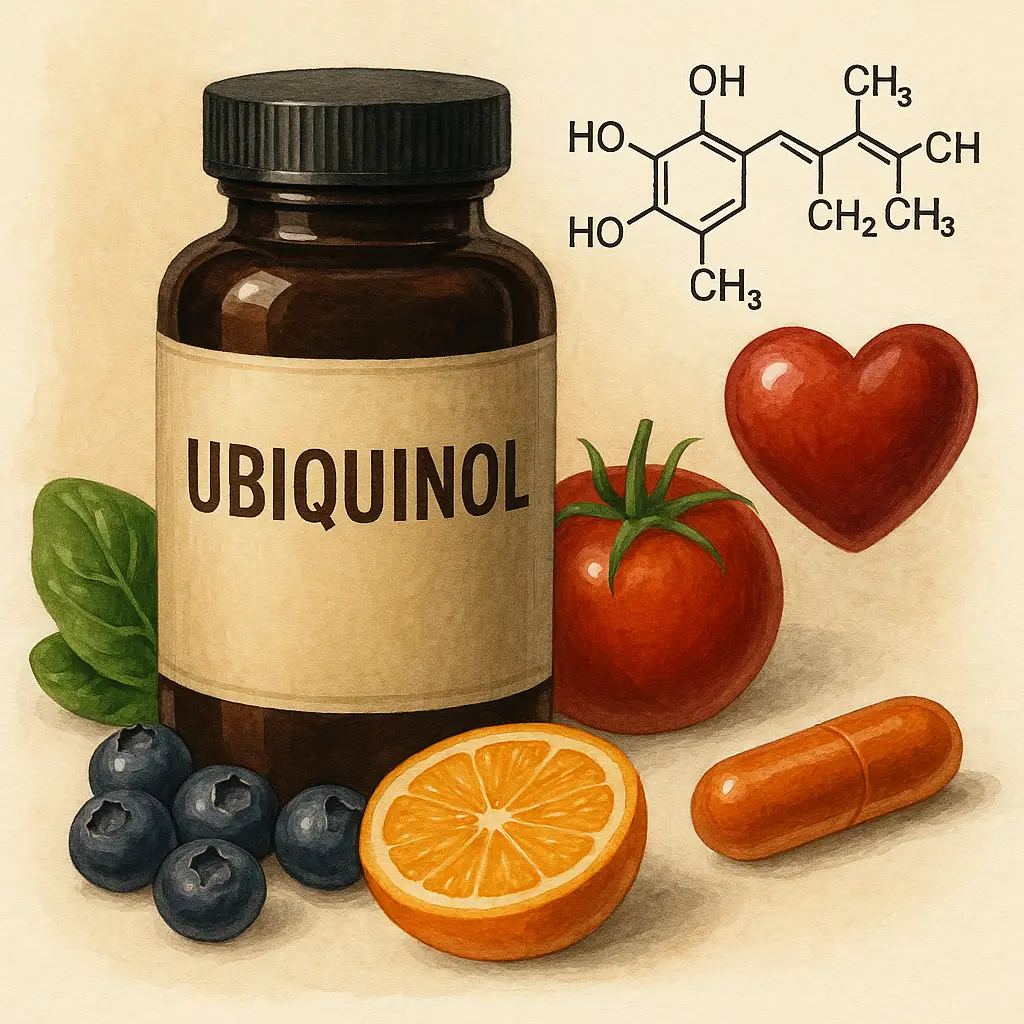
What is Ubiquinol? Ubiquinol is the reduced form of coenzyme Q10 (CoQ10), a potent antioxidant that plays a crucial role in energy production within cells. It…
Read more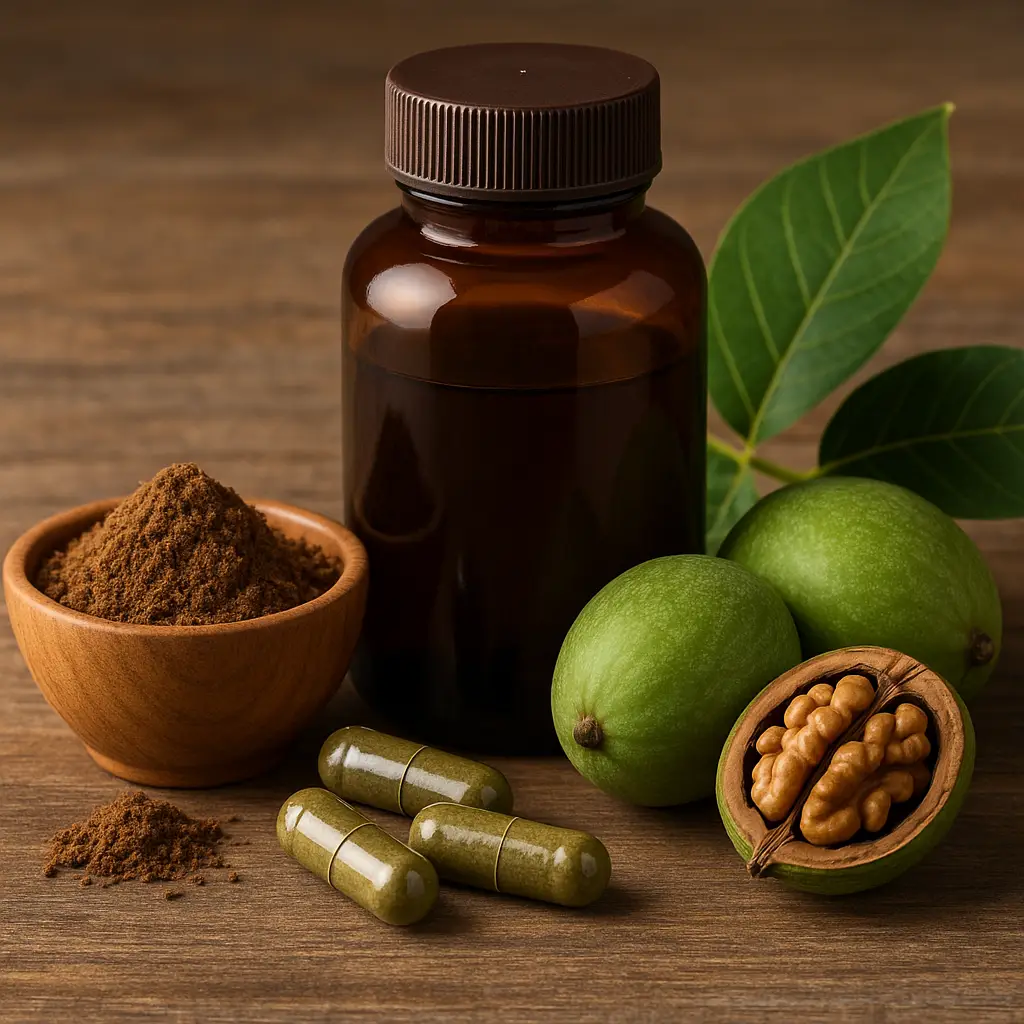
Black Walnut: A Comprehensive Guide for Health and Fitness Enthusiasts Black walnut (Juglans nigra) is a tree native to North America, known for its valuabl…
Read more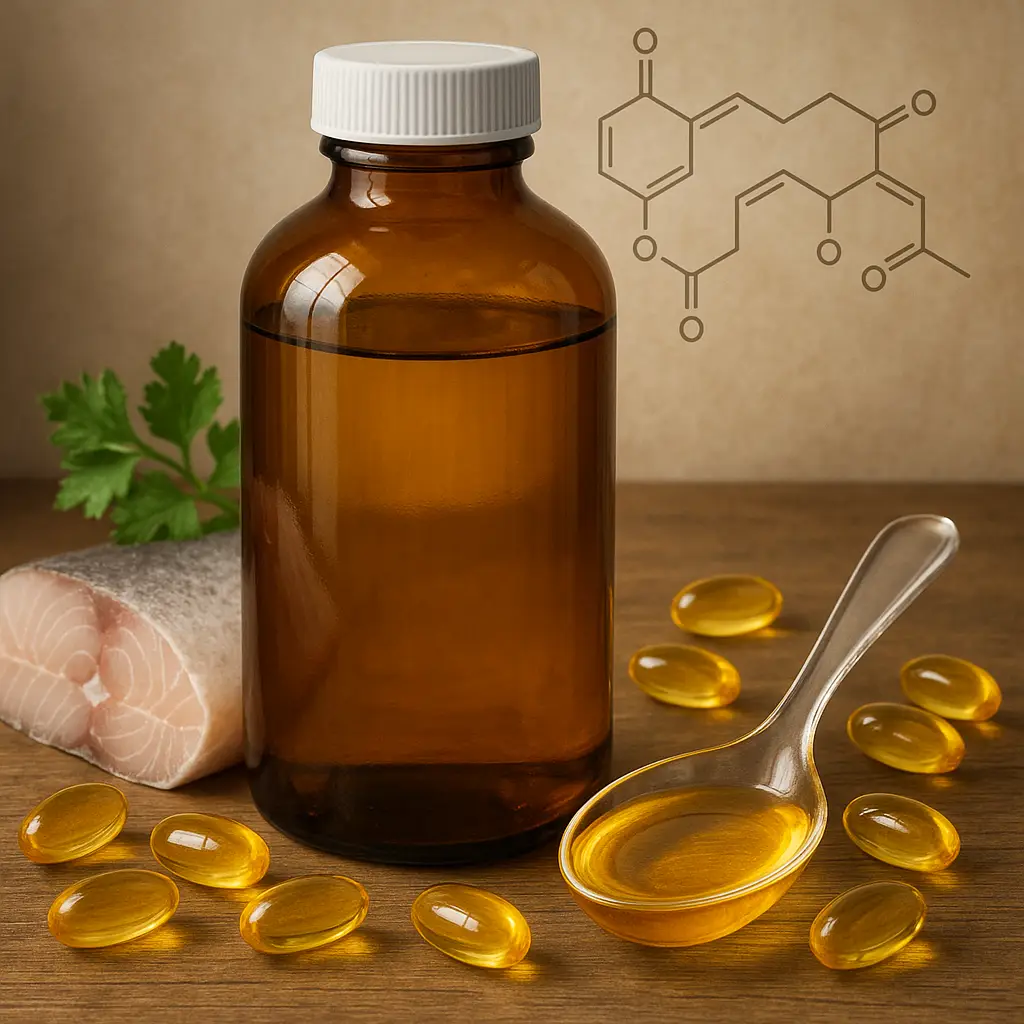
What is Cod Liver Oil? Cod liver oil is a nutrient-rich oil extracted from the liver of cod fish, primarily the species Gadus morhua. Its composition is notab…
Read more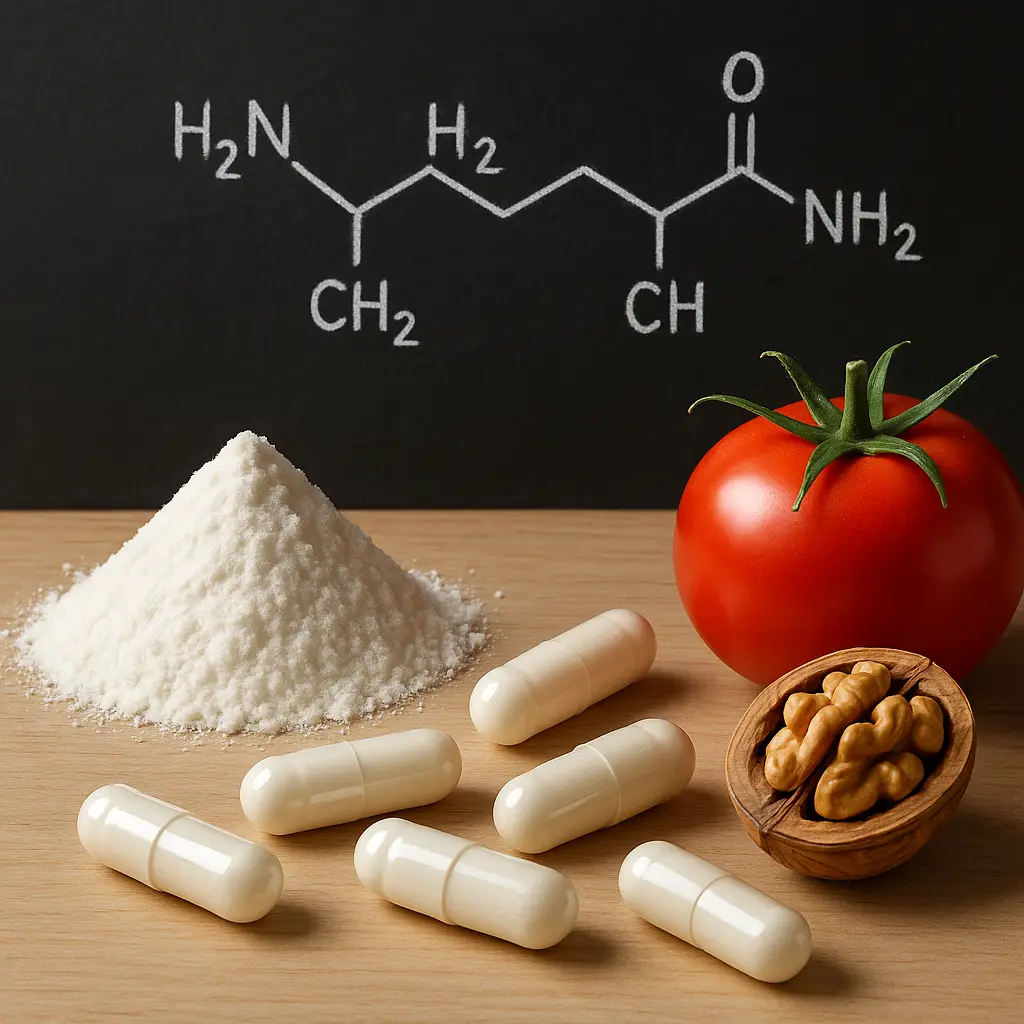
What is L-Arginine? L-Arginine is a semi-essential amino acid that plays a crucial role in various biological processes. It is one of the building blocks of p…
Read more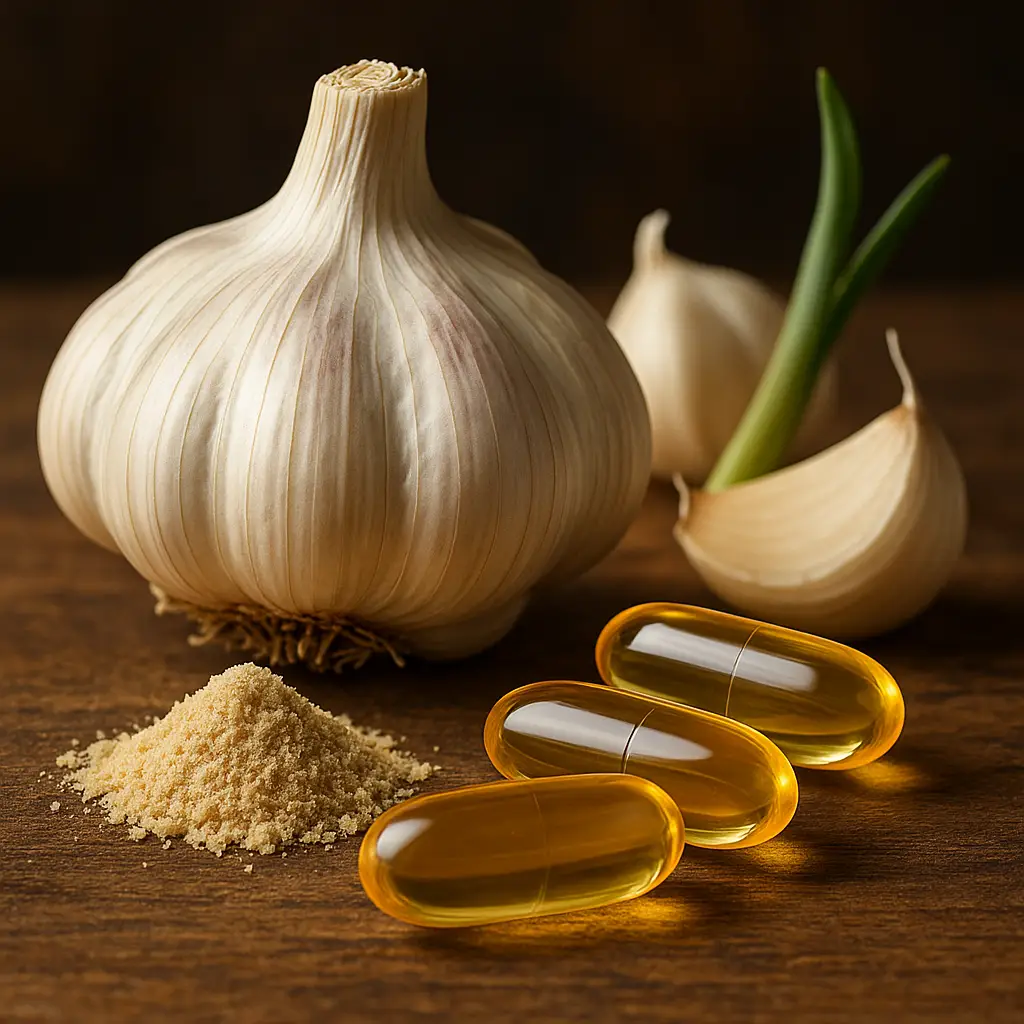
What is Garlic Bulb? Garlic bulb (Allium sativum) is a plant in the onion family, native to Central Asia and northeastern Iran, and has been used for thousand…
Read more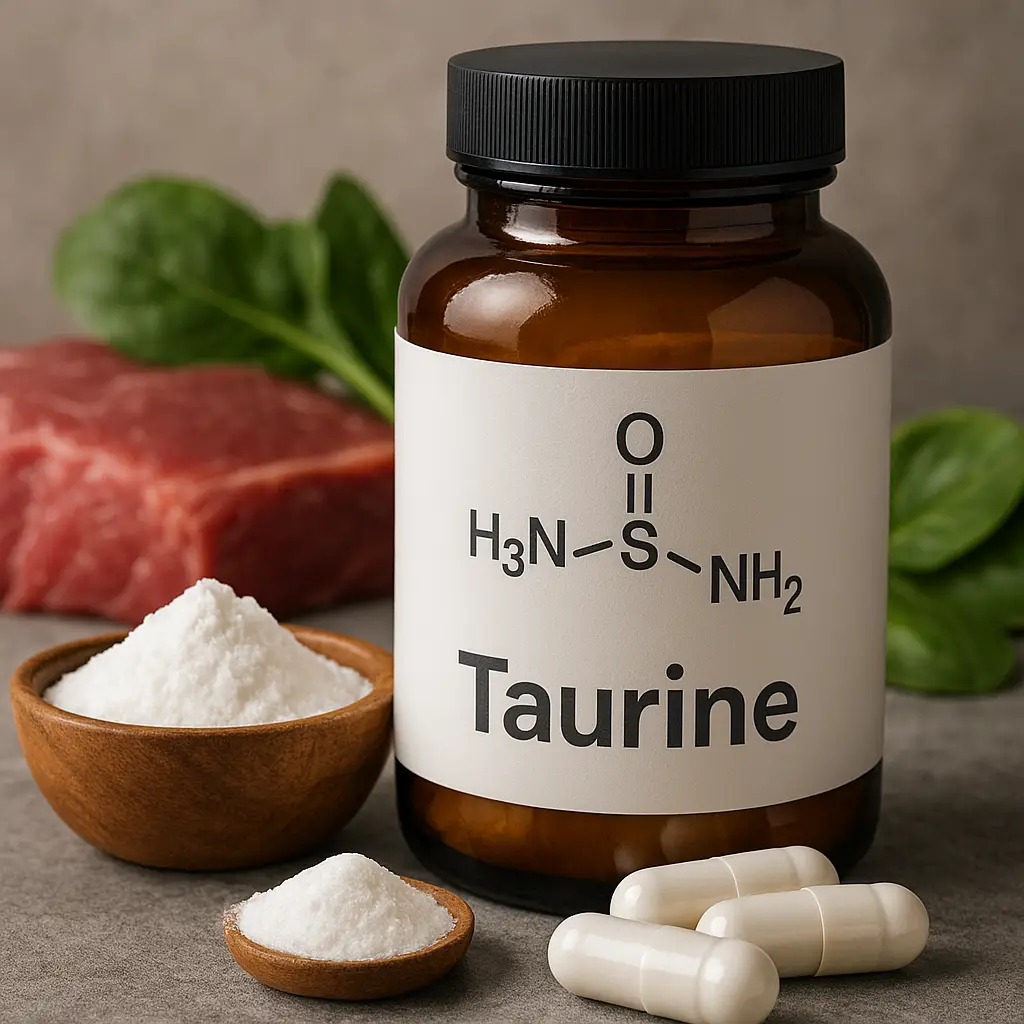
What is Taurine? Taurine is a sulfur-containing amino acid that plays a critical role in several physiological processes within the body. Unlike many …
Read more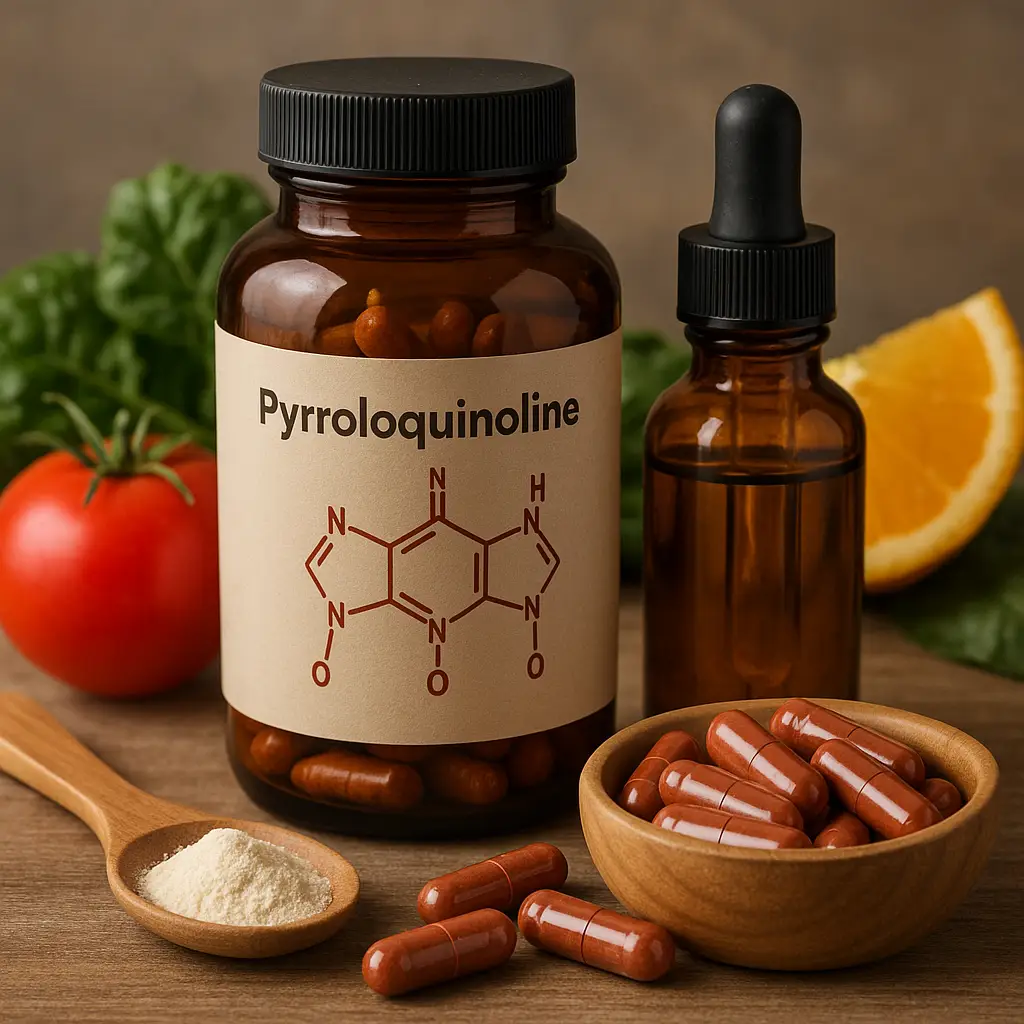
What is Pyrroloquinoline? Pyrroloquinoline quinone (PQQ) is a small bioactive compound belonging to the class of quinones. It was initially discovered as a co…
Read more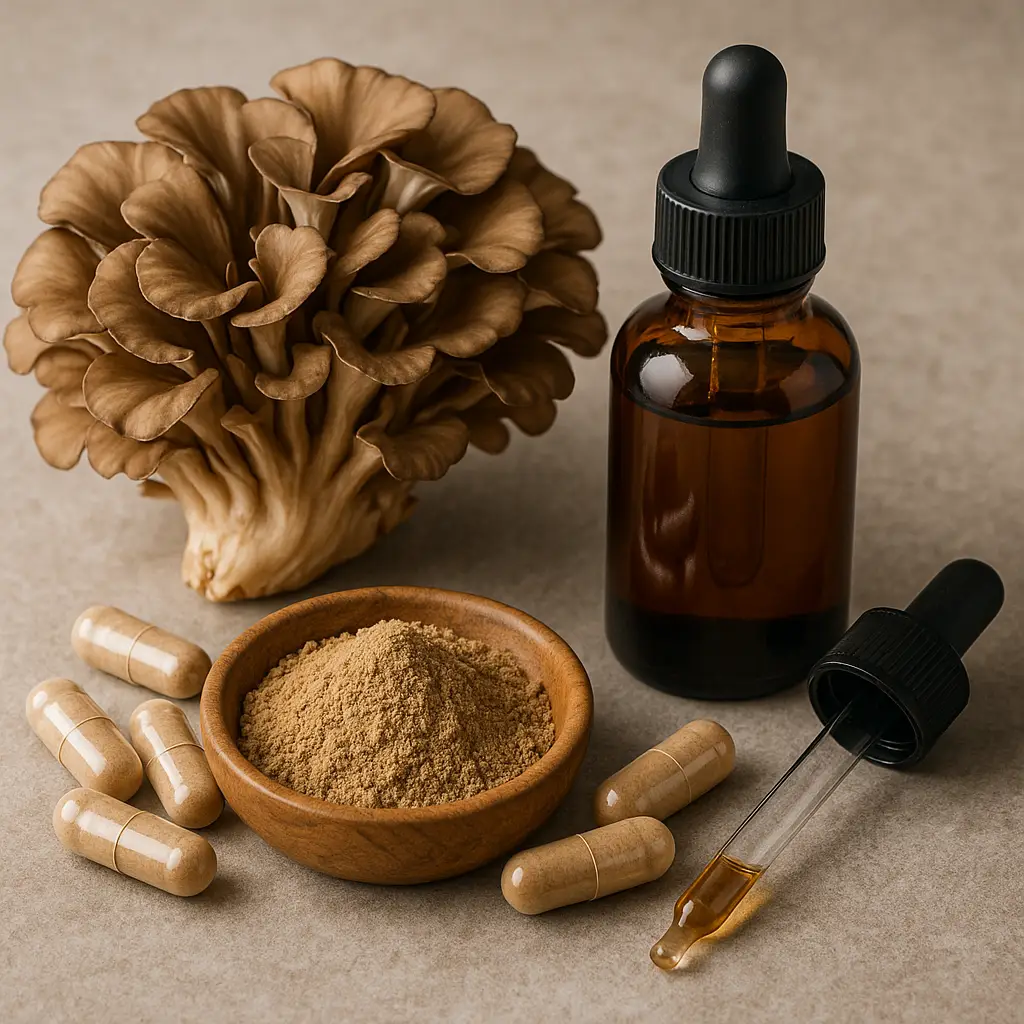
What is Maitake? Maitake, scientifically known as Grifola frondosa, is a type of medicinal mushroom renowned for its numerous health benefits. Native to East …
Read more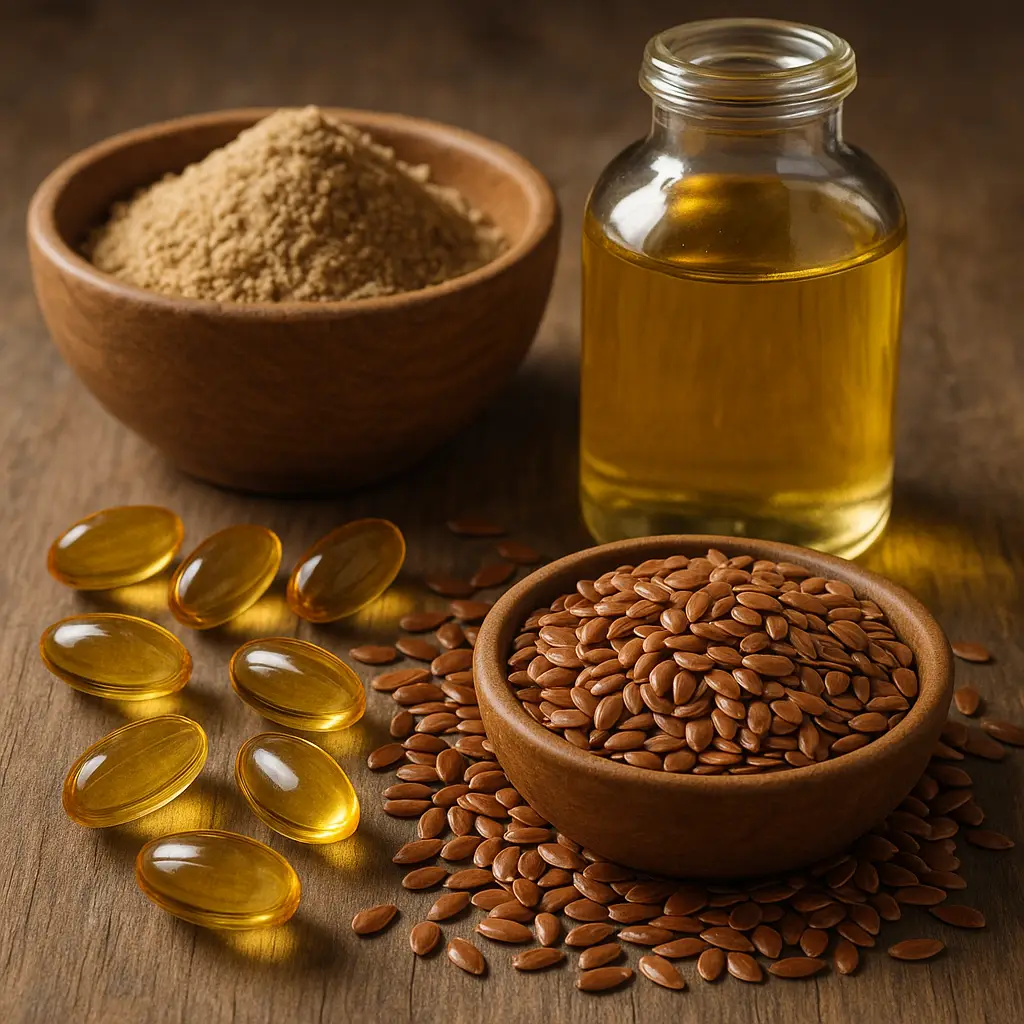
What is Flax Seed? Flax seed, also known as linseed, is derived from the flax plant (Linum usitatissimum), which has been cultivated for thousands of years fo…
Read more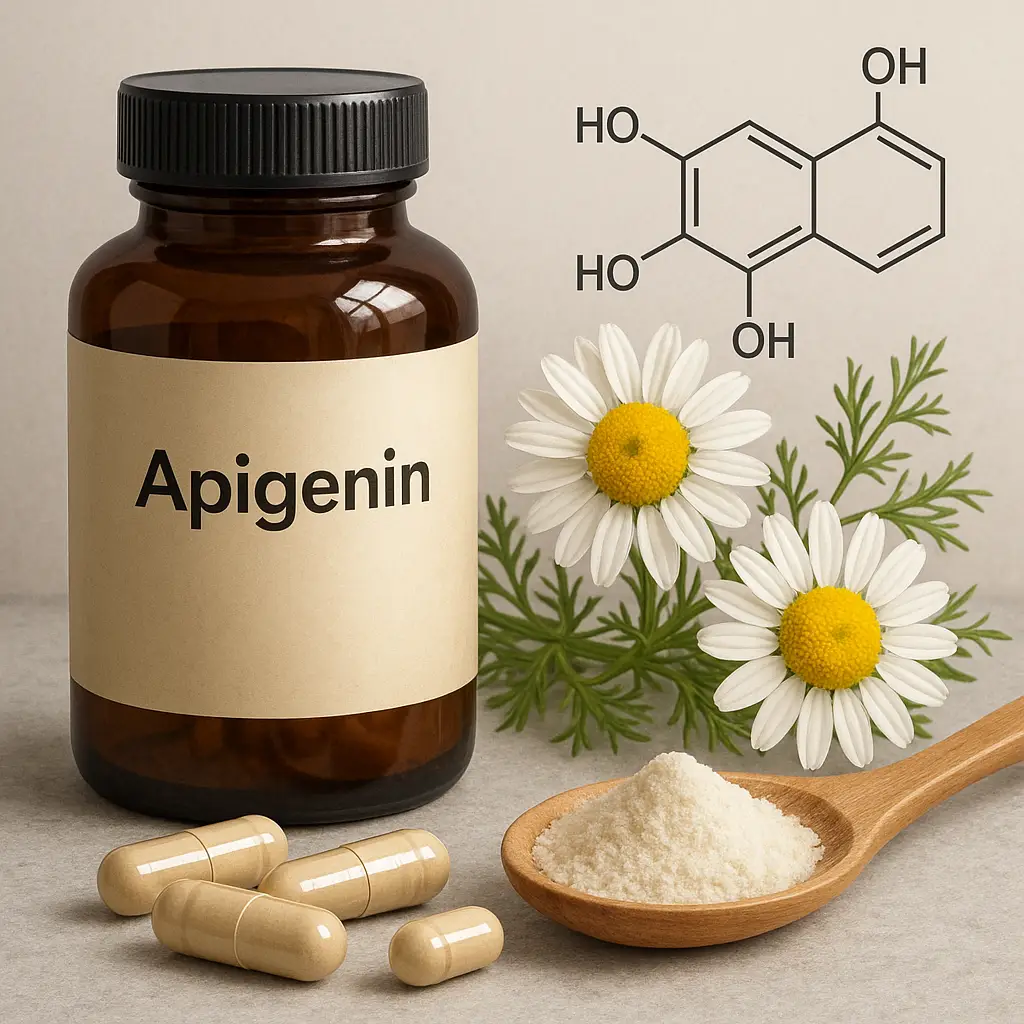
What is Apigenin? Apigenin is a natural compound belonging to the flavonoid family, which is known for its antioxidant properties. This bioactive compound is …
Read more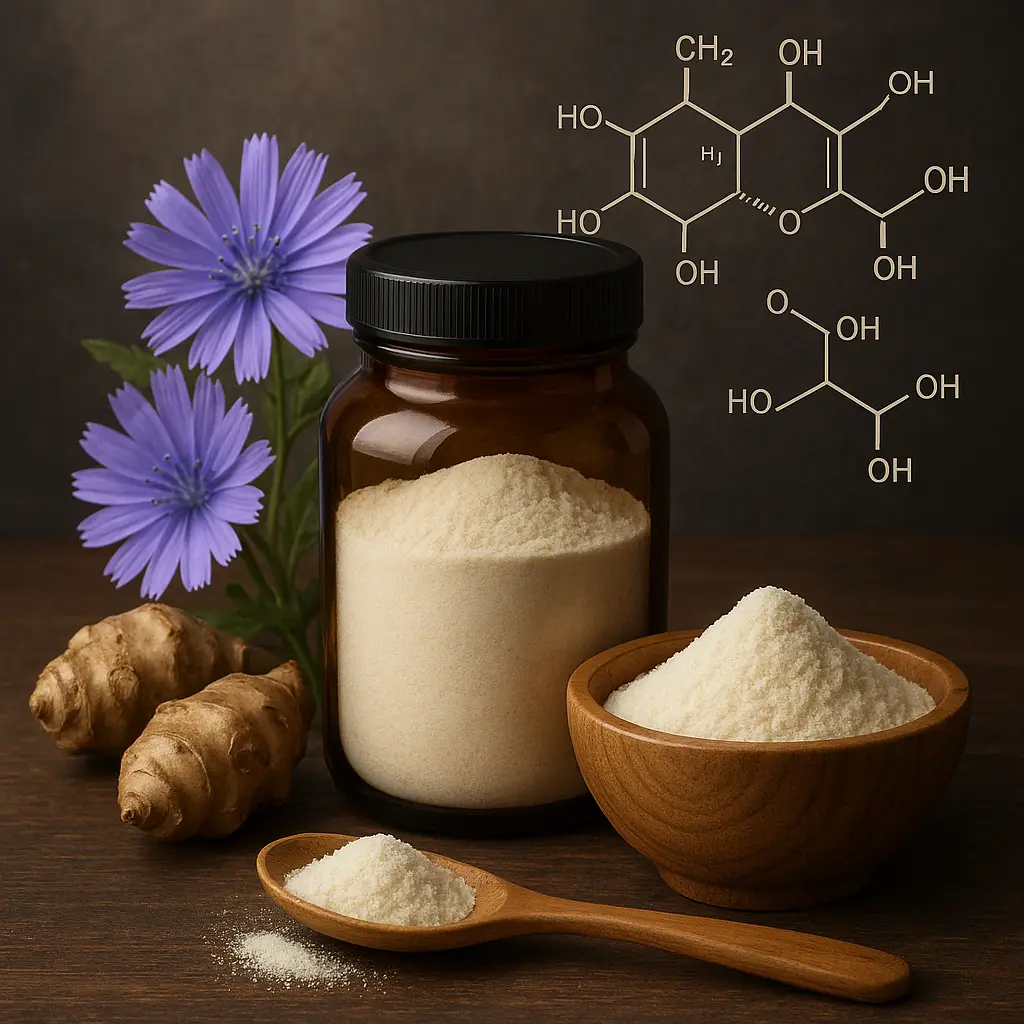
What is Inulin? Inulin is a type of soluble fiber, specifically classified as a fructan, that occurs naturally in many plants. It is composed of chains of fru…
Read more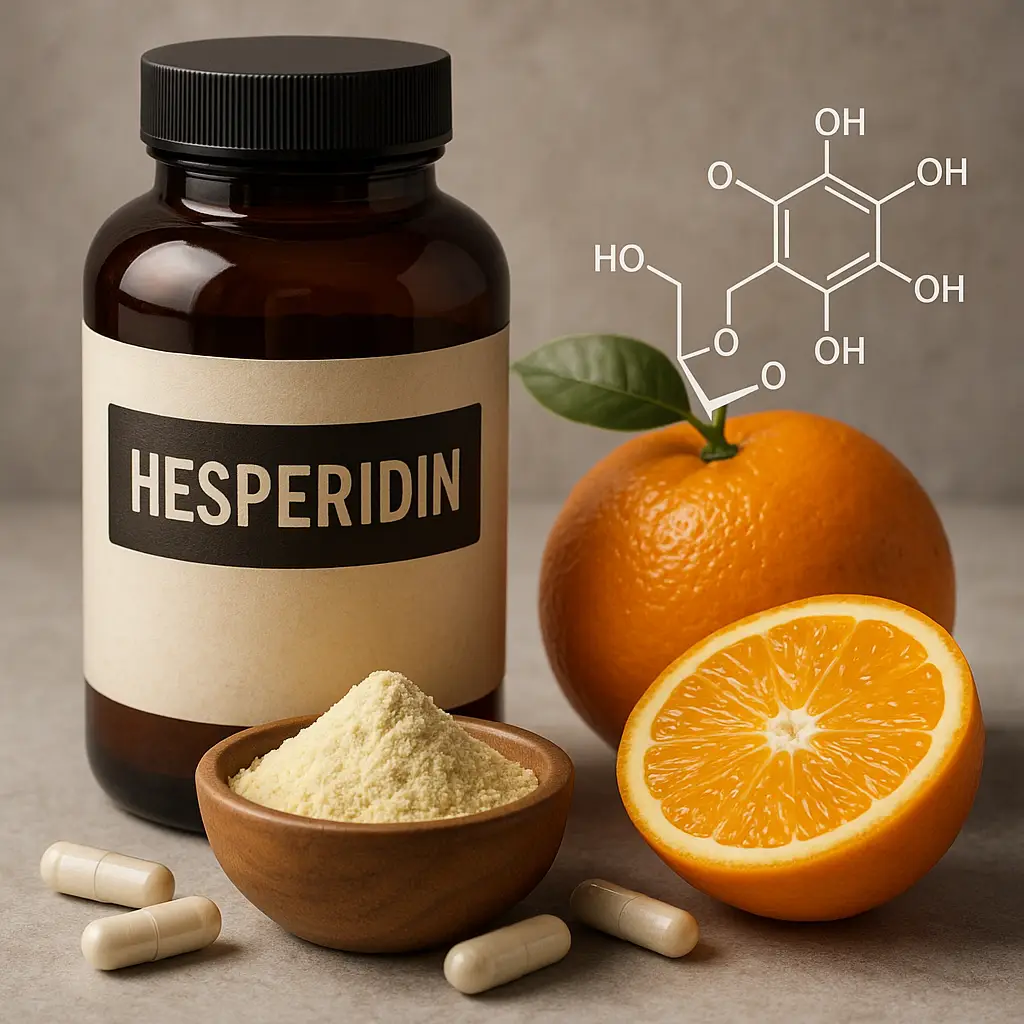
What is Hesperidin? Hesperidin is a naturally occurring flavonoid glycoside primarily found in citrus fruits, particularly in oranges and lemons. It's derived…
Read more
What is Coenzyme Q10? Coenzyme Q10, often referred to as CoQ10, is a naturally occurring compound found in the body's cells. It plays a vital role in the prod…
Read more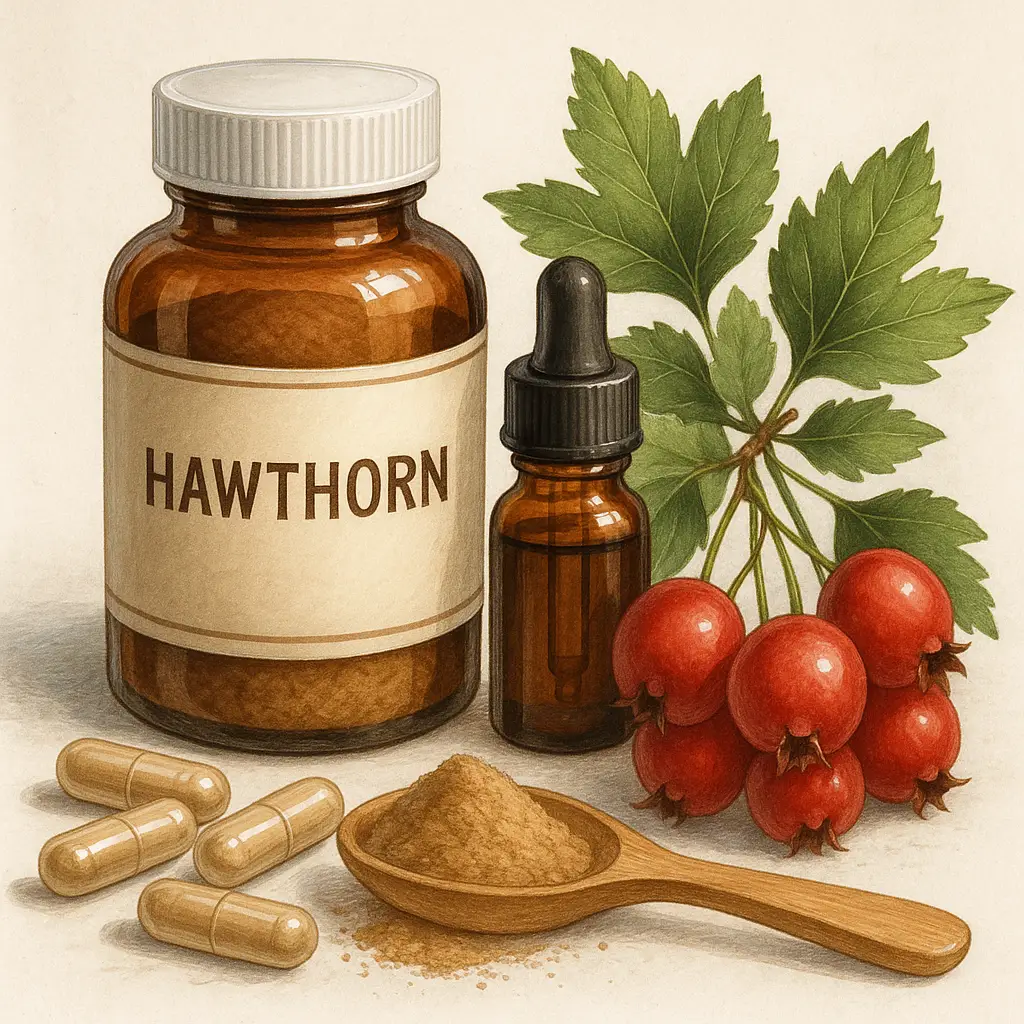
What is Hawthorn? Hawthorn, scientifically known as Crataegus, is a flowering plant belonging to the Rosaceae family. Native to Europe, North America, and par…
Read more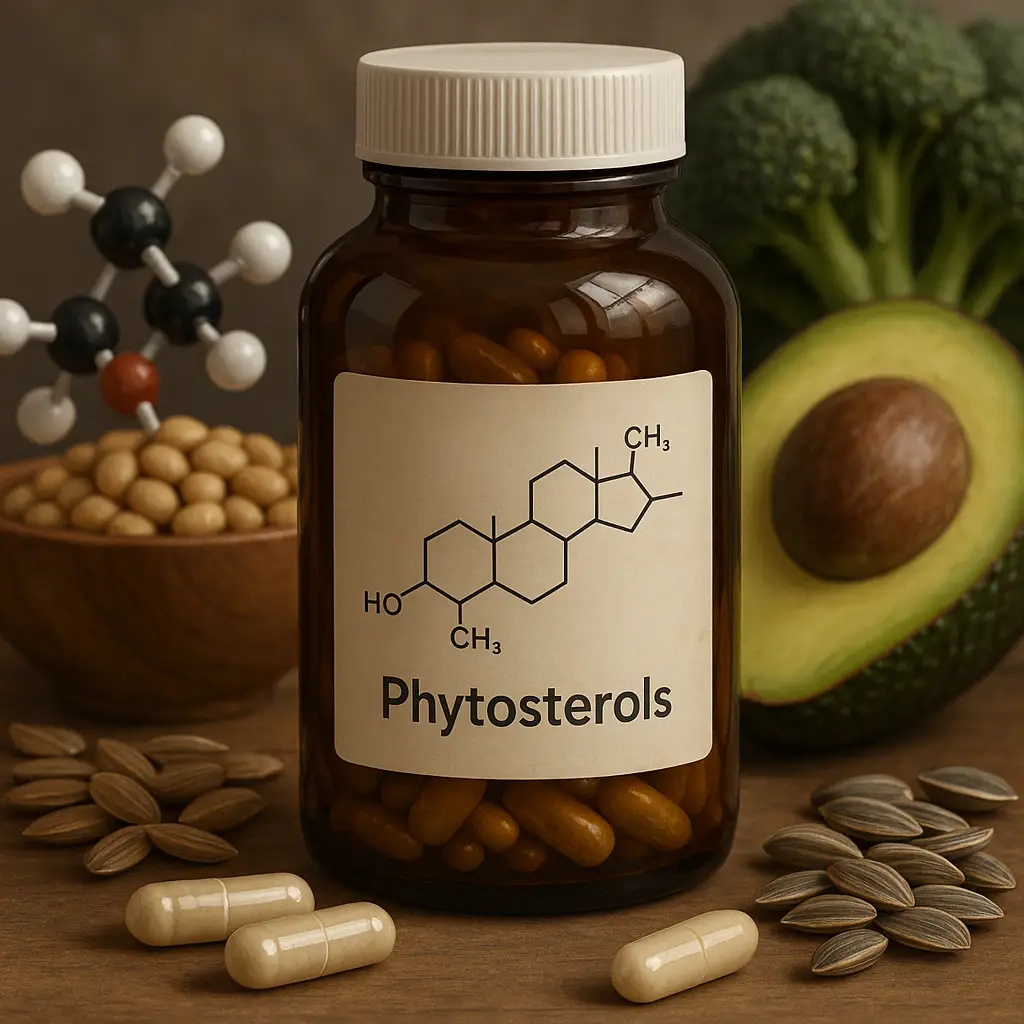
What are Phytosterols? Phytosterols, also known as plant sterols, are natural compounds found in the cell membranes of plants. They possess a structure simila…
Read more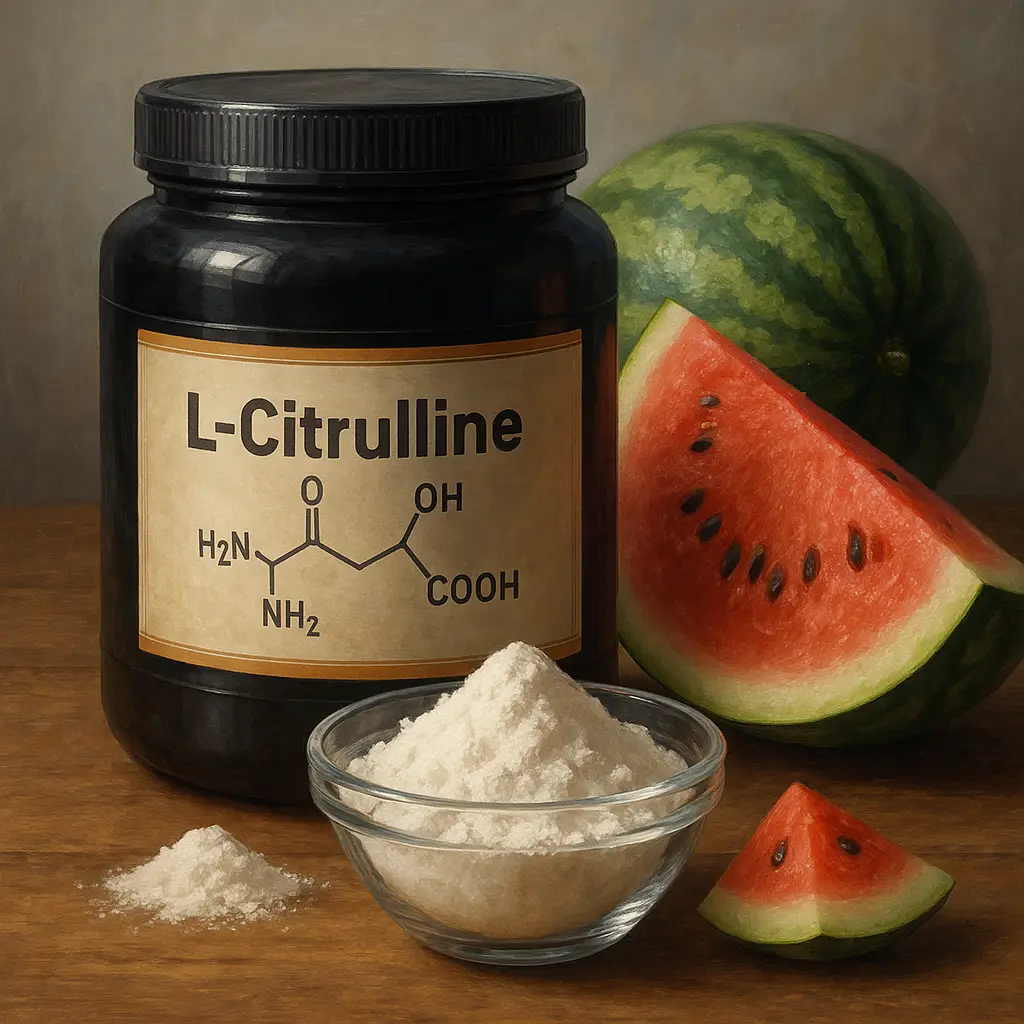
L-Citrulline is a non-essential amino acid that plays a significant role in the production of nitric oxide, a compound that helps widen blood vessels and impro…
Read more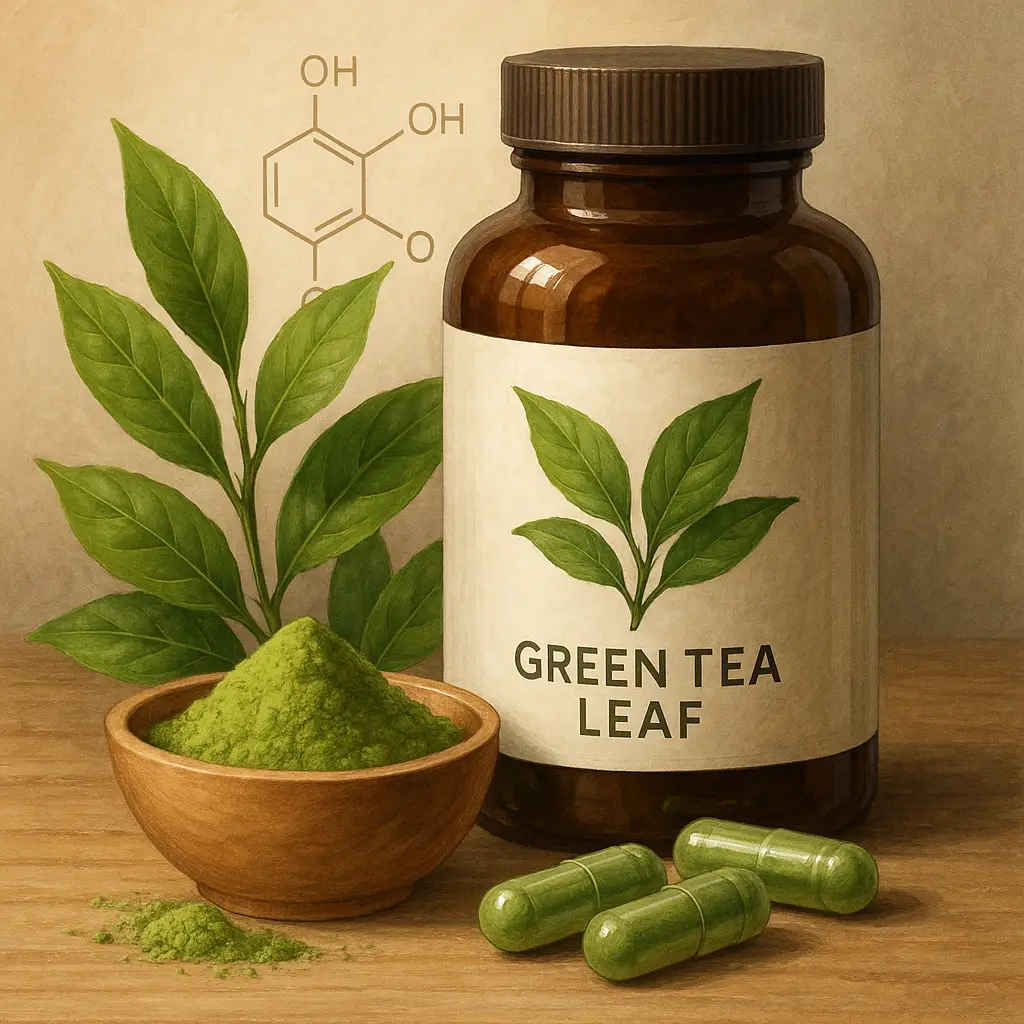
What is Green Tea Leaf? Green tea leaf comes from the Camellia sinensis plant, a species native to East Asia. It's the same plant that produces black tea and …
Read more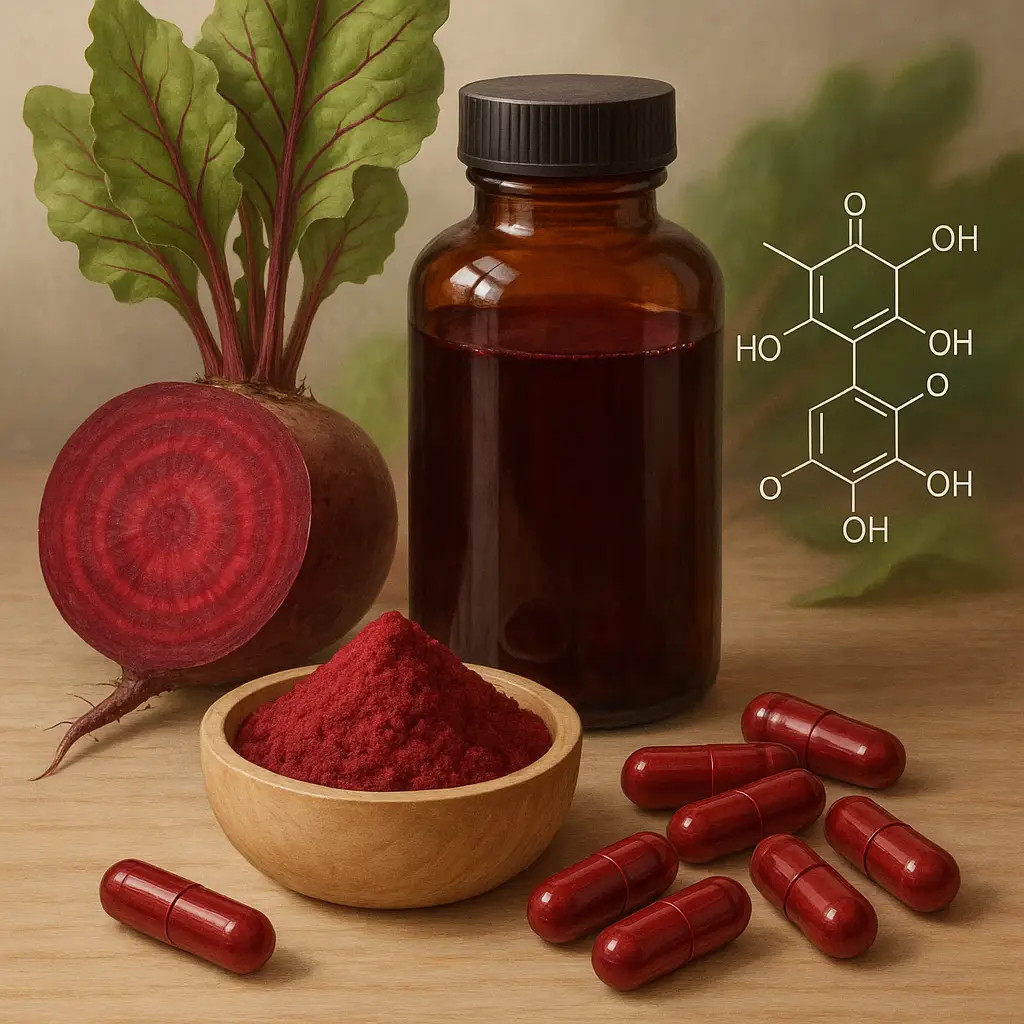
Understanding Beetroot: A Comprehensive Guide Beetroot, commonly known as beets, is a root vegetable that belongs to the Chenopodiaceae family. Mostly recogni…
Read more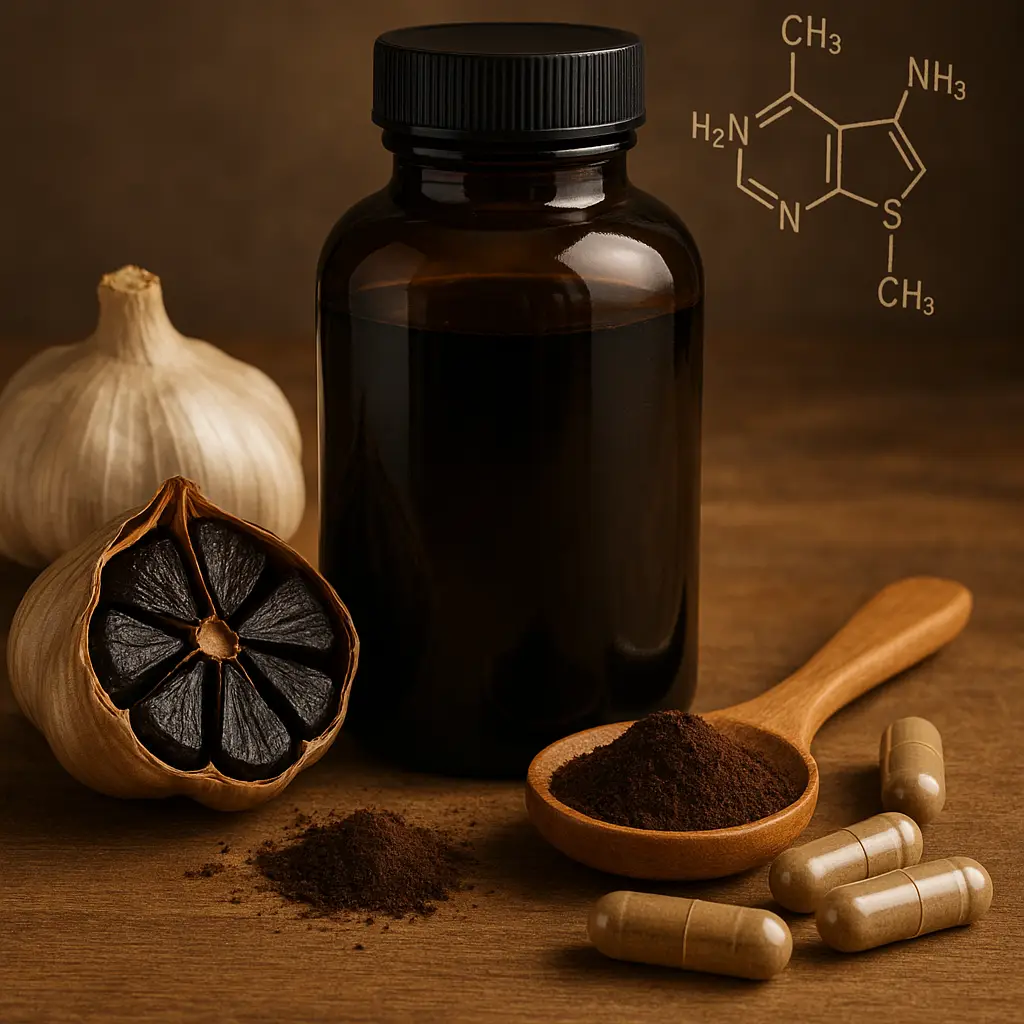
What is Black Garlic? Black garlic is a unique form of garlic that has been aged and fermented, transforming it from the familiar white bulb into a sweet, dar…
Read more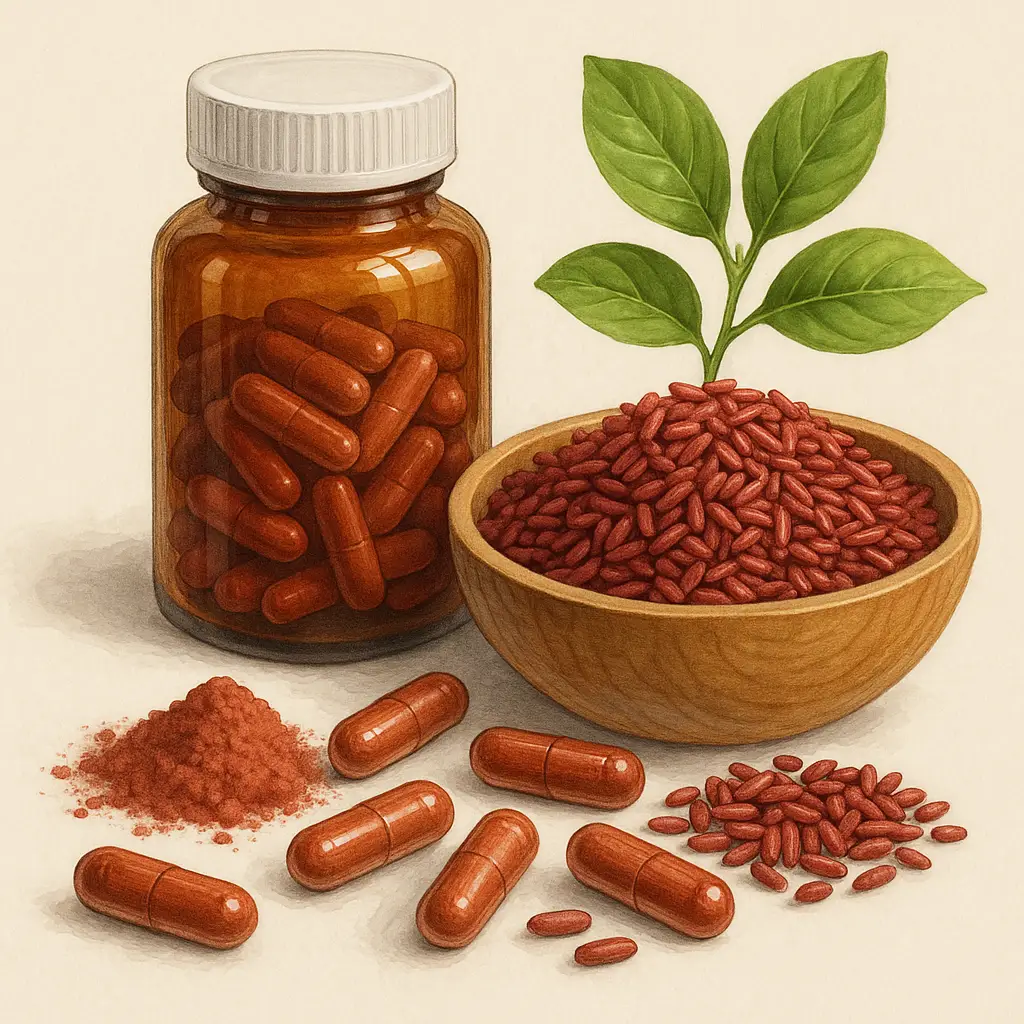
Red Yeast Rice, a traditional ingredient in Asian cuisine, is gaining attention in the health and fitness community for its potential health benefits. This nat…
Read more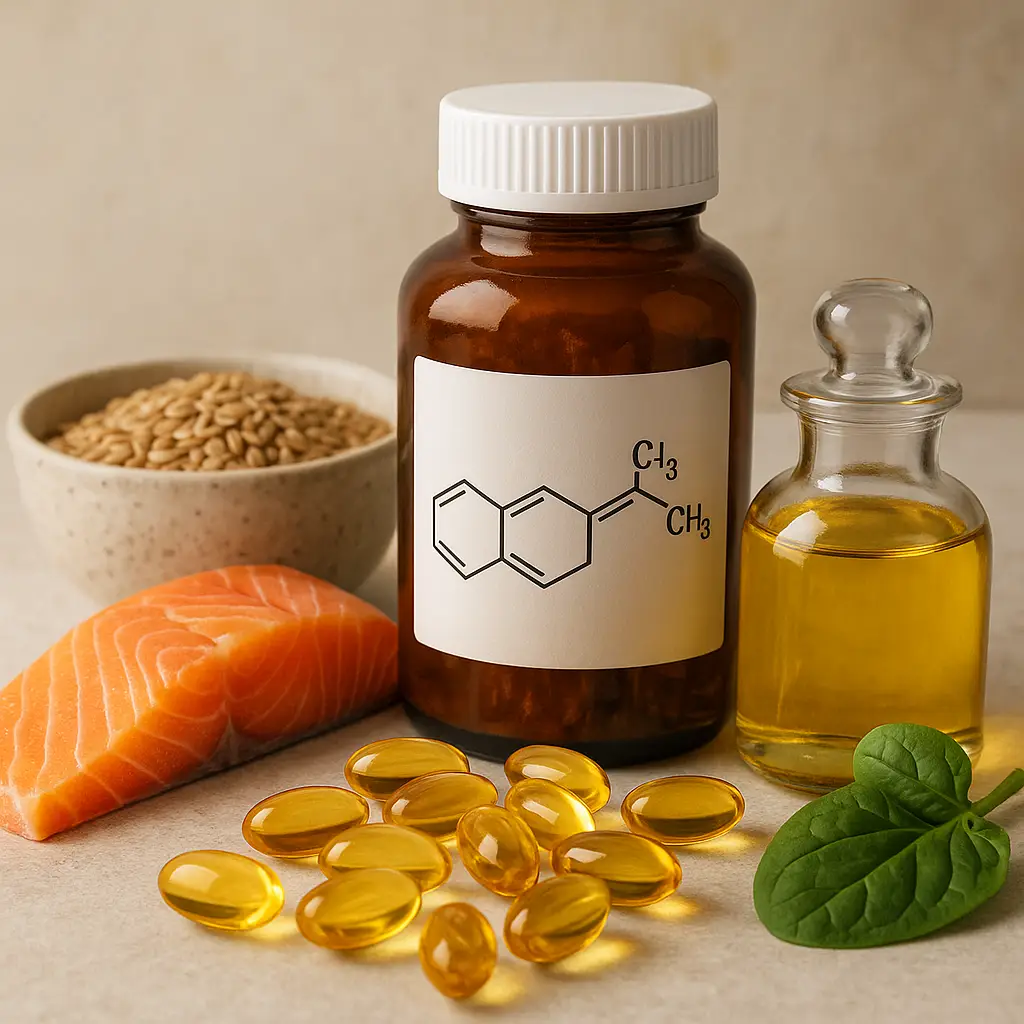
What is Omega-3? Omega-3 fatty acids are essential fats that our bodies cannot produce on their own, making their dietary intake crucial for overall health. T…
Read more




